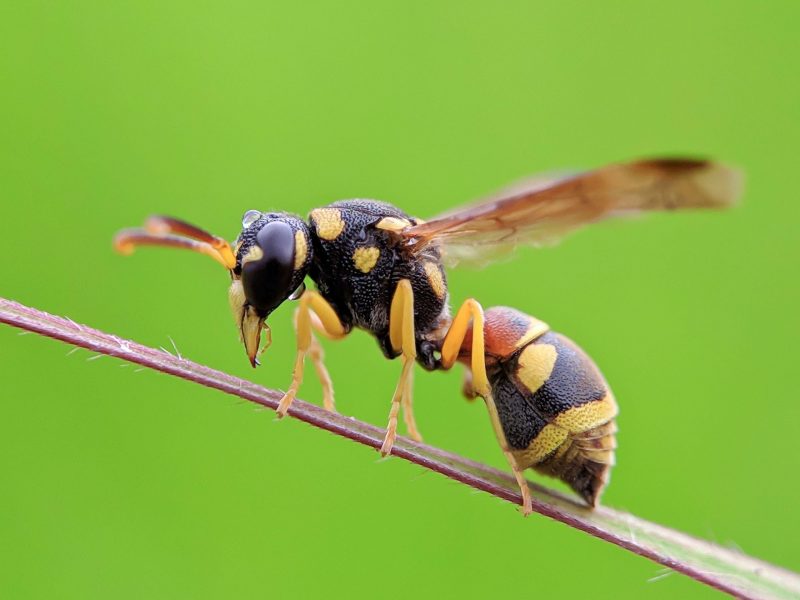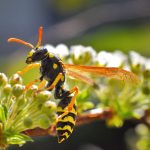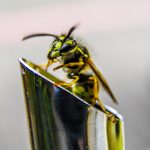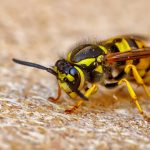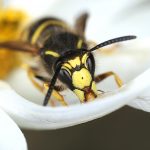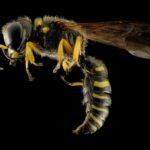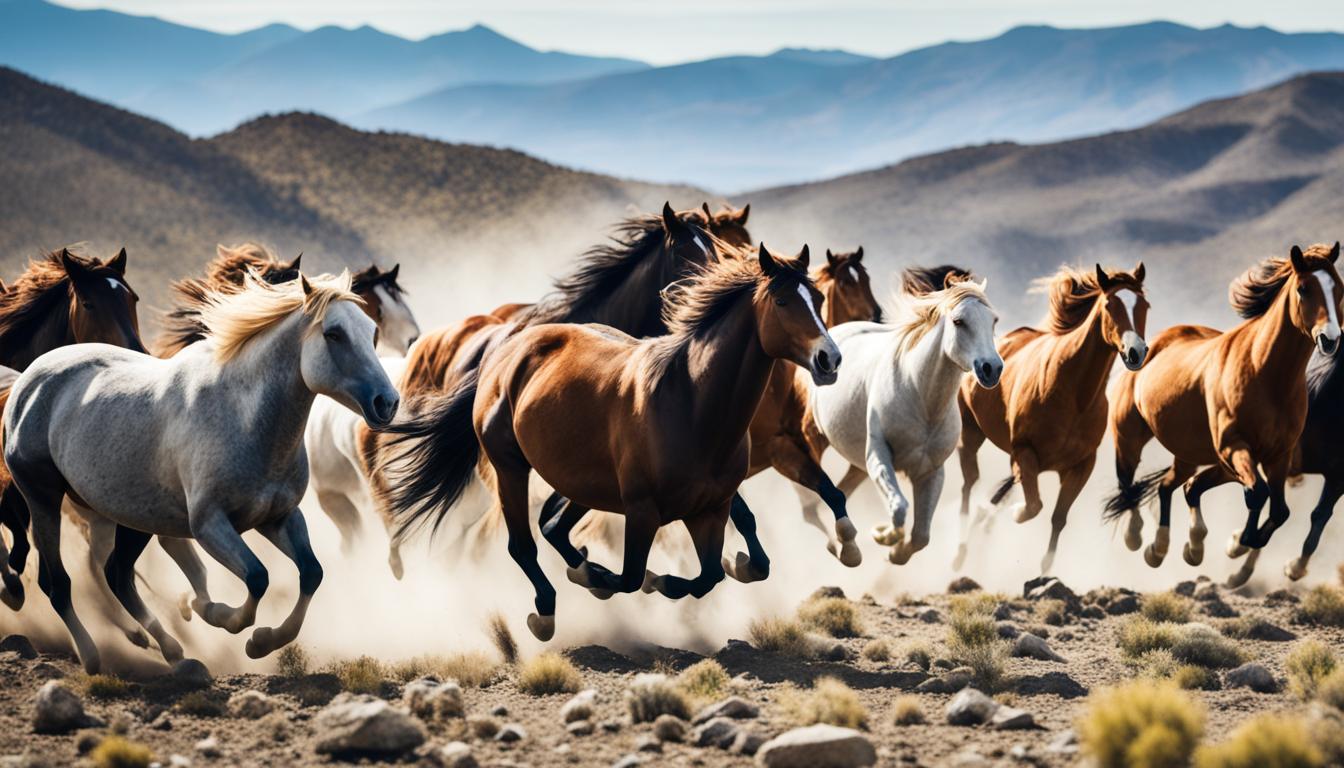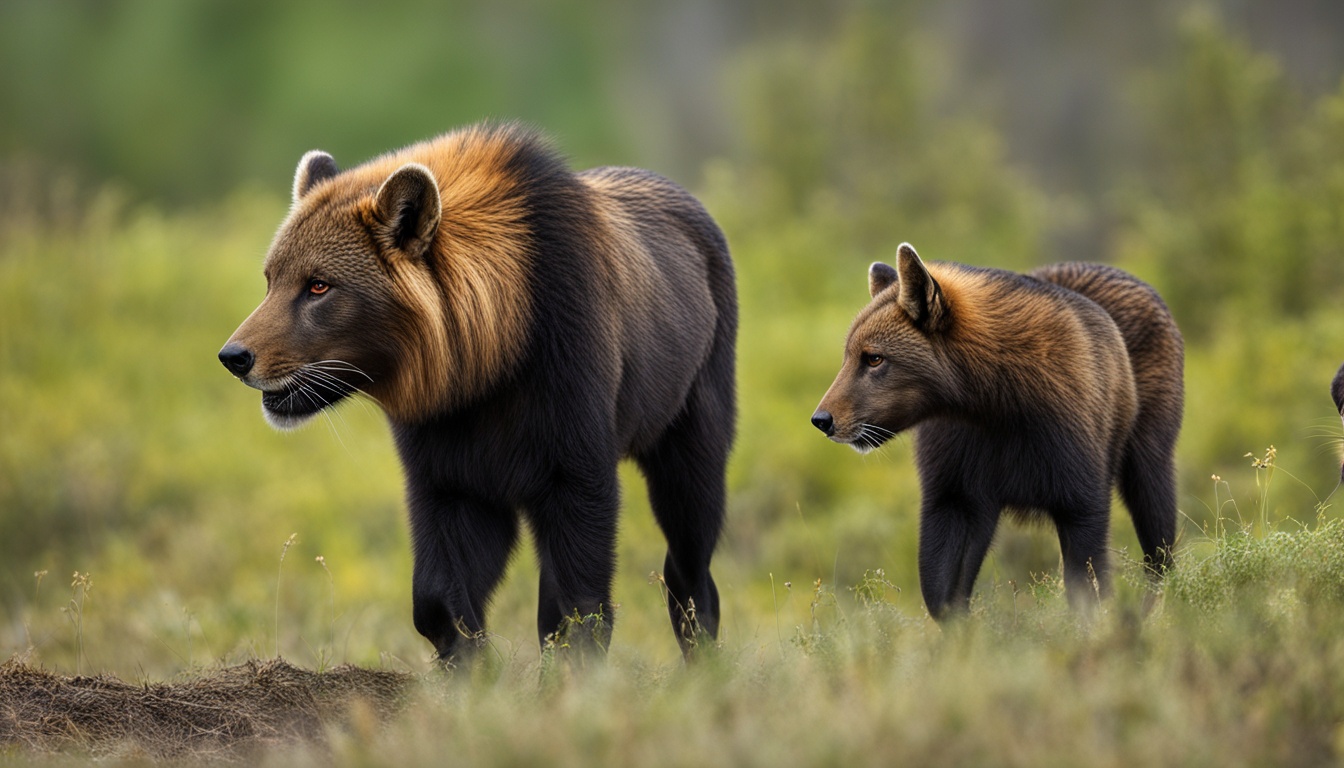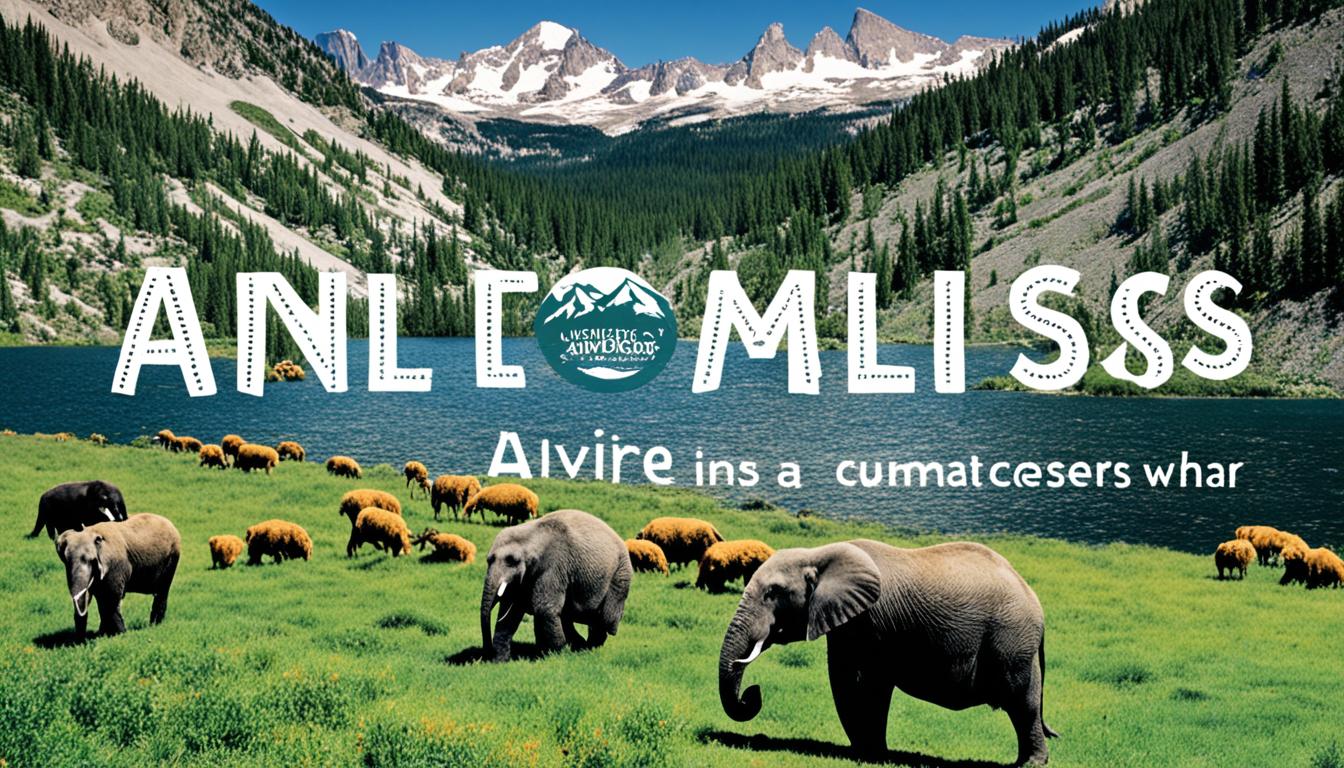Wasps are infamous for disturbing summer barbecues, causing fear of being stung, and creating a lot of uncertainty. There are numerous more myths about these insects in addition to this unwarranted anxiety.
Many people are curious about how wasps lay their eggs, and some have even heard that parasitic wasps put their eggs in other creatures. So, can wasps lay eggs in humans?
Wasps can’t lay eggs in people. Only parasitoid wasps deposit eggs in other animals, and their preferred hosts are small insects (arthropods). These wasps also inject a poison that suppresses the immune system of the host, allowing the wasp progeny to develop. In humans, the poison isn’t potent enough.
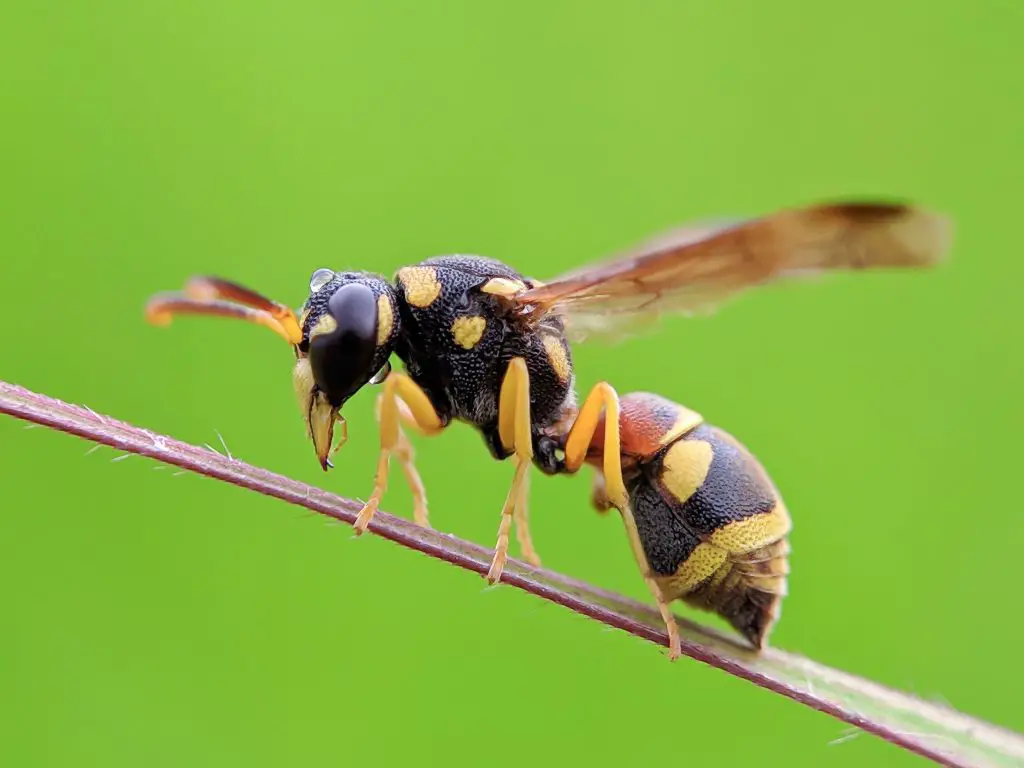
What Causes Wasps To Lay Their Eggs In Other Animals?
Wasps are different from parasites in that they assault and kill their hosts, whereas parasites do not. Even though they prey on other creatures, they are not called predators because they destroy their prey at such a slow rate.
Parasitoid wasps lay or oviposit their eggs with the eggs of other creatures, most common butterflies and moths from the order Lepidoptera. As a result of the sting, parasitoid wasps inject eggs and venom into their target.
As a result of the host insect’s tissue consumption, the majority of these eggs mature into wasp offers. There’s more to it, though! The gifts also devour polydnaviruses, which are carried by wasps.
When parasitoid wasps are infected with polydnaviruses, the presence of virus-specific gene products causes major alterations in the host. This is what happens during the child’s entire growth.
Can Wasps To Deposit Eggs In Dogs or Cats?
Parasitoid wasps don’t lay or oviposit eggs on dogs or cats, and neither do people. Their small dose does not affect mammals’ immune systems, which will kill any egg that enters their bodies irrespective of the dose. They are well conscious of this and do not attempt to hide their appearance in public.
You’ve almost certainly heard of parasites like lice and ticks, and you’ve almost certainly seen them. These organisms are thought to dwell inside or on dogs, where they feed on the food of their victim. They are fully mammalian, and their evolution has provided them with tolerance to the mammalian immune system. They make use of certain weaknesses in defense systems while posing no threat to those systems.
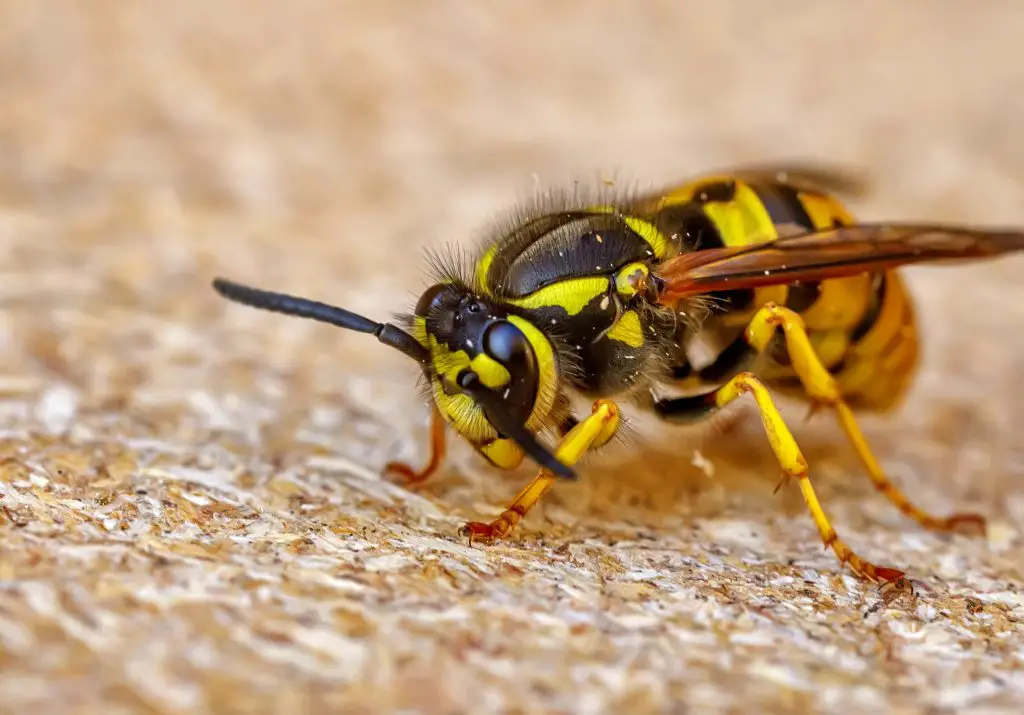
The Life Cycle of The Parasitic Wasp:
Parasitic wasps have a complete life cycle, with egg, pupal, larval, and adult phases all occurring at different times. The parasitoid wasp’s life cycle varies greatly from species to species, with some of the most complex life cycles yet discovered in the animal kingdom.
Eggs are rarely visible since they are frequently implanted into the bodies of mother insects, making detection difficult. Parasitic wasp larvae are little, whitish/yellowish rice-like nests that resemble rice grains and are typically seen on or around parasitized insects. Some species have no males, and females reproduce without the help of males.
Are There Fireflies in the Same Areas Where Wasps Can Lay Eggs in Humans?
Recent studies have shed light on the california firefly presence revealed in various areas. However, it is essential to note that the habitats where fireflies are commonly found are vastly different from those where wasps can lay eggs in humans. While fireflies thrive in warm and moist environments, wasps are more likely to target nests or sheltered areas. Therefore, their existence in the same areas is highly unlikely.
What Exactly Is The Function of Parasitic Wasps?
Commercially available predatory wasp species are available in large numbers for release, especially in greenhouse environments.
Ichneumon wasps attack butterfly and moth caterpillars; Braconid wasps attack caterpillars and a variety of other insects, including greenfly; Chalcis wasps parasitic insects the eggs and larvae of greenfly, cabbage caterpillars, and scale insects; and Tachinid flies attack caterpillars and a variety of other insects, including greenfly.
Parasitoid wasps can be found in every home, not just in agriculture. There are specialist parasitic wasp species that can be utilized to quickly and effectively combat moths.
The beneficial wasps are so little that they are almost invisible. After all of the moths have been exterminated, the wasps will vanish and (literally) turn to dust. As a result, they are the simplest and most effective solution for such issues.

